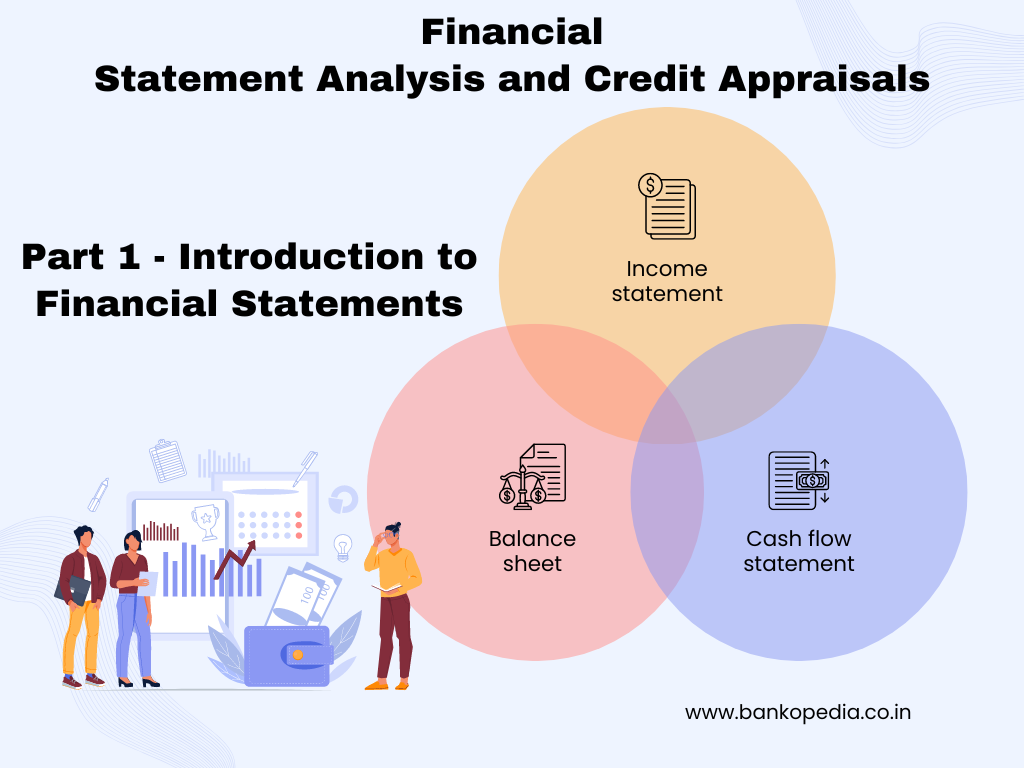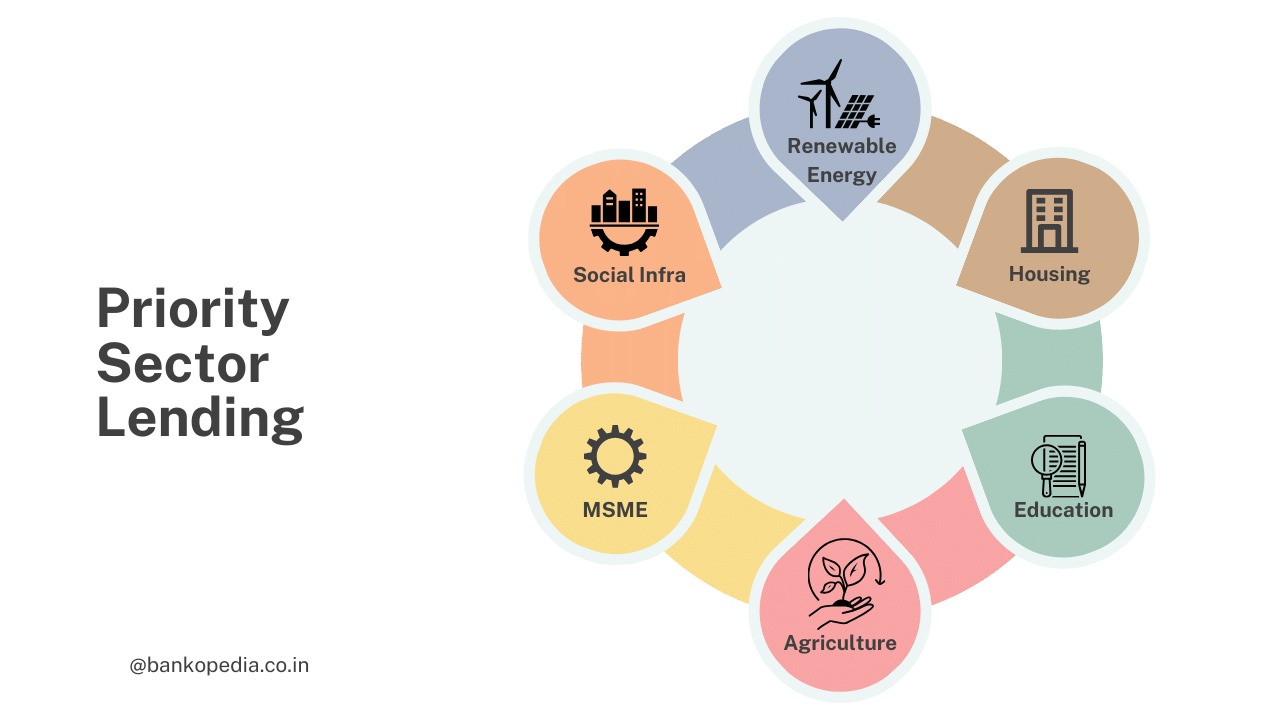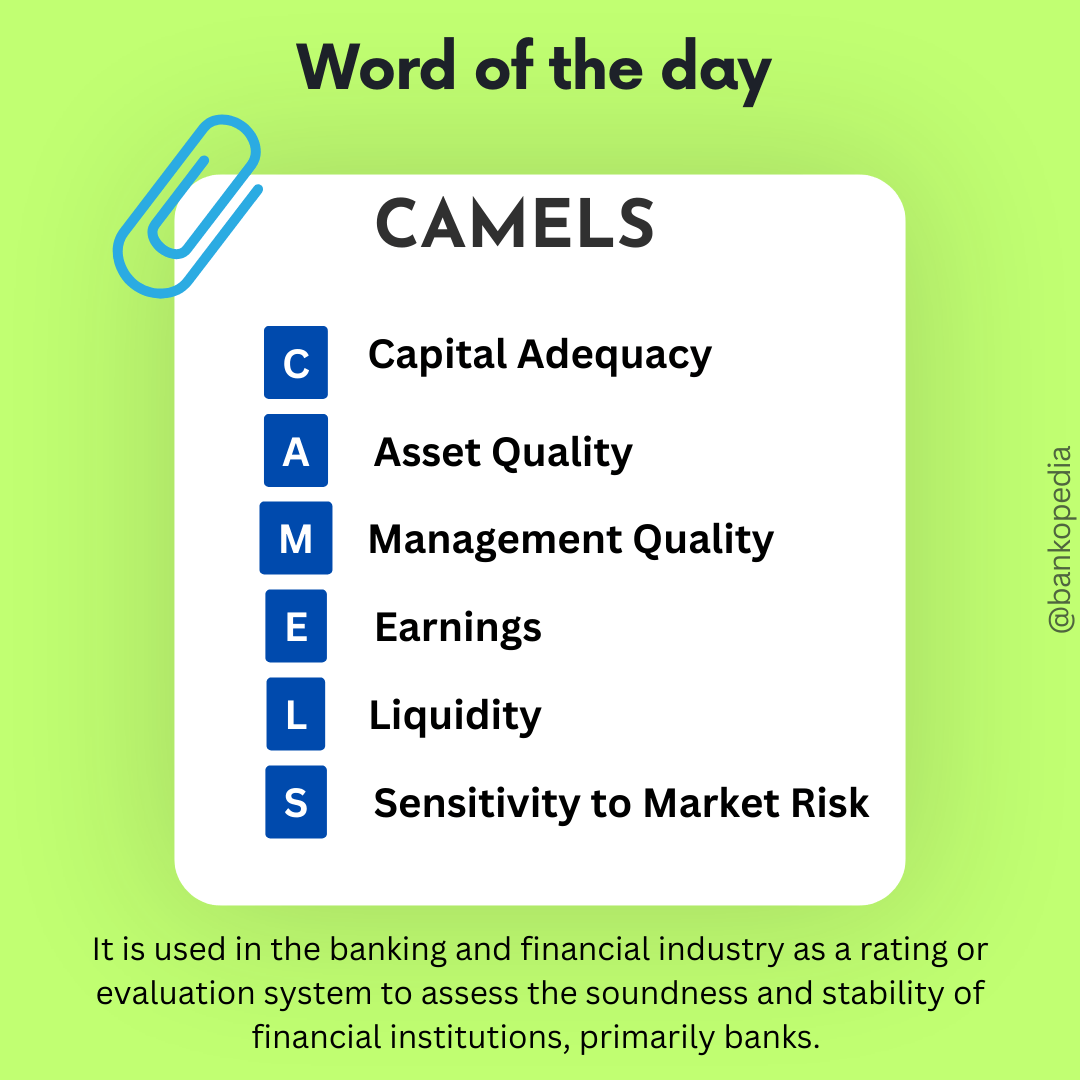1. Introduction
The banker–customer relationship is the foundation of all banking operations. It defines rights, obligations, and expectations between banks and their clients. Traditionally built on trust and fiduciary responsibility, this relationship has evolved dramatically with digital transformation and regulatory advancements.

Table of Contents
2. Types of Banker–Customer Relationships
| Relationship Type | Bank’s Role | Customer’s Role | Legal Basis / Key Point |
|---|---|---|---|
| Debtor–Creditor | Holds customer deposits, repays on demand. | Depositor becomes creditor. | Contract Act, 1872 |
| Creditor–Debtor | Provides loans to customers. | Customer owes repayment with interest. | Loan Agreement |
| Bailor–Bailee | Holds goods (e.g., securities) for safekeeping. | Customer retains ownership. | Bailment under Contract Act |
| Agent–Principal | Executes transactions or collects cheques. | Gives instructions to bank. | Power of Attorney / Mandate |
| Trustee–Beneficiary | Manages assets (e.g., trust funds). | Beneficiary has equitable right. | Indian Trusts Act, 1882 |
| Lessor–Lessee (Locker Relationship) | Bank provides locker; retains access control. | Customer rents locker space. | RBI Circular on Safe Deposit Lockers (2024) |
You can explore a deeper explanation of each traditional relationship type in our 2023 Banker–Customer Relationship Guide.
3. Digital Banking Relationships (New in 2025)
The shift toward digital and paperless banking has transformed the banker–customer relationship.
3.1 e-KYC and Paperless Onboarding
Banks now rely on electronic Know Your Customer (e-KYC) processes through Aadhaar authentication.
- Regulated by the RBI Master Direction on KYC (March 2024).
- Enables remote onboarding while ensuring compliance with PMLA (2002).
- Strengthened beneficial ownership and periodic due-diligence norms.
3.2 Online Banking & Cyber Responsibility
With internet and mobile banking, the duty of care extends to cybersecurity:
- Banks must ensure two-factor authentication, encryption, and 24×7 monitoring.
- As per State Bank of India v. Prathima Traders (2024), banks remain liable for preventable online fraud if negligence is proven.
3.3 Fintech Collaboration
Banks collaborate with fintech partners for lending, KYC, and digital payments:
- The RBI Outsourcing of IT Services Direction, 2023 requires banks to remain accountable for third-party conduct.
- APIs and data sharing through the Account Aggregator framework create multi-party relationships governed by consent and data security laws.
3.4 Data Privacy Obligations
Under the Digital Personal Data Protection Act, 2023, banks must:
- Obtain explicit consent for data use.
- Provide opt-out and deletion rights.
- Report breaches promptly.
This has elevated customer privacy to a legal cornerstone of modern banking relationships.
4. Legal and Regulatory Developments (2024–25)
4.1 RBI Circulars
- KYC Master Direction (March 2024): Introduced digital KYC, video verification, and updated risk categorization.
- Cybersecurity Framework (2024): Mandated comprehensive cyber governance for cooperative and commercial banks.
- Locker Management Circular (Jan 2024): Enforced compliance with Amitabh Dasgupta v. United Bank of India (2022) on locker liability, setting compensation guidelines.
4.2 AML and Record Keeping
- As per PML (Maintenance of Records) Rules 2023, amended 2024, banks must:
- Maintain transaction data for 10 years.
- Report suspicious transactions to FIU-IND electronically.
4.3 Case Law Highlights
- ICICI Bank v. RBI (2024): Banks must maintain KYC integrity even when relying on fintech intermediaries.
- Union Bank v. RBI (2025): Reaffirmed customer’s right to grievance redressal for unauthorized digital transactions.
5. Emerging Trends in Banker–Customer Relationships
- AI-Driven Risk Assessment: Use of machine learning for credit scoring and fraud detection.
- Account Aggregators: Unified financial data sharing under consent-based architecture.
- Open Banking APIs: Seamless multi-bank experience driven by regulatory interoperability.
- Cybersecurity Insurance: Growing adoption as digital liability risk increases.
6. Practical Implications for Bankers and Customers
- For Banks: Maintain strong compliance, transparent data handling, and continuous staff training on digital risk.
- For Customers: Exercise caution while sharing credentials, verify official domains, and report anomalies immediately.
- For Both: Understand that digital convenience introduces shared accountability.
7. Conclusion
The banker–customer relationship has evolved from a simple transactional bond to a digitally governed trust ecosystem. With regulatory updates, cyber risks, and fintech innovation, both parties must uphold compliance and data integrity.
The future of banking rests on one principle—trust maintained through technology, transparency, and regulation.
8. References
- Master Direction – Know Your Customer (KYC) Direction, 2016 (Updated as on August 14, 2025)
- ICICI Bank v. RBI (2024)











1 thought on “Banker–Customer Relationship: A Comprehensive 2025 Guide”